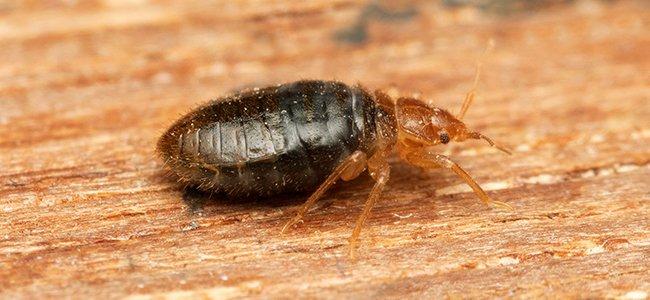Get a free estimate
If you have questions about our services, plans, or pricing we are here for you. Fill out the form below and we will communicate with you by email (and of course provide you with a free estimate).
FEBRUARY 21 2022 /
Do you have bed bugs? If you find a bug in your bed, you're likely to think so. But having a bug in your bed doesn't make it a bed bug.
The name bed bug, refers to Cimex lectularius, a pernicious blood eating insect that prefers to feed on sleeping humans--many times a night.
These bugs date back to the dawn of the world, and have been plaguing mankind for centuries.
If you've never seen a bed bug, look long and hard at the picture on this page. These bugs share a lot in common with ticks, except for the thin insect legs, of which there are two less.
Ticks sport eight legs, but bed bugs have just the six. These bugs can be as small as a speck of pepper and as large as ¼ the size of a penny.

If they have had a recent blood meal, they will appear round, but otherwise, they are flat.
There are many bugs that can seem like bed bugs, like the poor carpet beetle, but Cimex lectularius is the only bug that is going to drive its head into your flesh and feed on you like a tick.
Fortunately, they are fairly easy to search for. Here is a quick lists of ways you can determine if you have bed bugs.
⭐ Have you recently returned from a trip?
The majority of infestations happen when these bugs are brought home by traveling families. If you stay overnight somewhere, even if it was a 5 star hotel, you could have been exposed to bed bugs.
⭐ Have your kids returned home from college recently?
Dormitories are a popular nesting site for bed bugs. Always take precaution when your kids return home. Wash and dry all their clothes on the hottest temperature, and inspect their bags and bedding for these bugs.
⭐ Does anyone in the house have red rashes all over their face, neck, back, arms, or legs?
Not all victims react to bed bug venom at first. For some, it takes sever bites before the anticoagulant these bugs use to thin blood starts to cause a reaction. For some, this reaction can be quite severe.
⭐ Do an inspection of your beds. Pull down the sheets and look for bugs.
Check the pillowcases and sheets for dried blood stains. Examine the seams and corners of all mattresses and box springs for black fecal residue. And, use a flashlight to check backboards, furniture, and rugs that are near the beds.
If you find bugs, get a bed bug treatment immediately. Bed bug populations can grow quickly, and these bugs are difficult to eradicate. If you live in an apartment complex, contact your apartment manager, and find out what they have for a bed bug strategy. This is not a bug you have to live with.